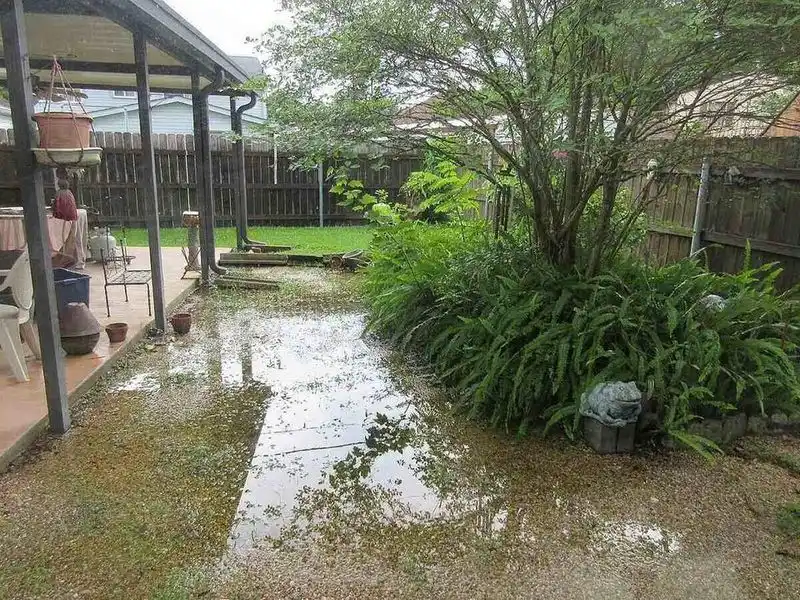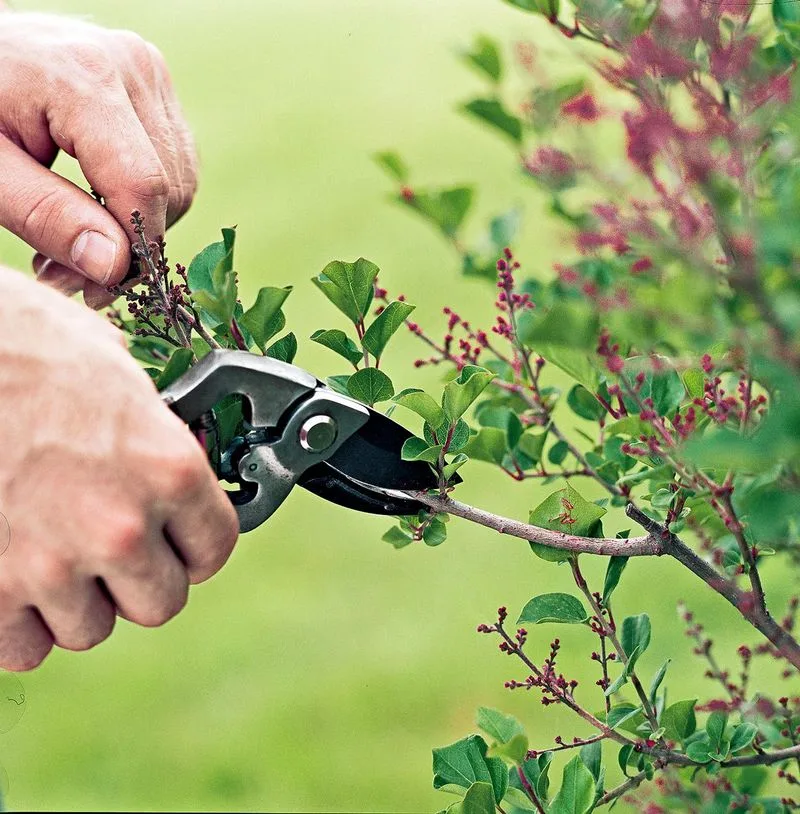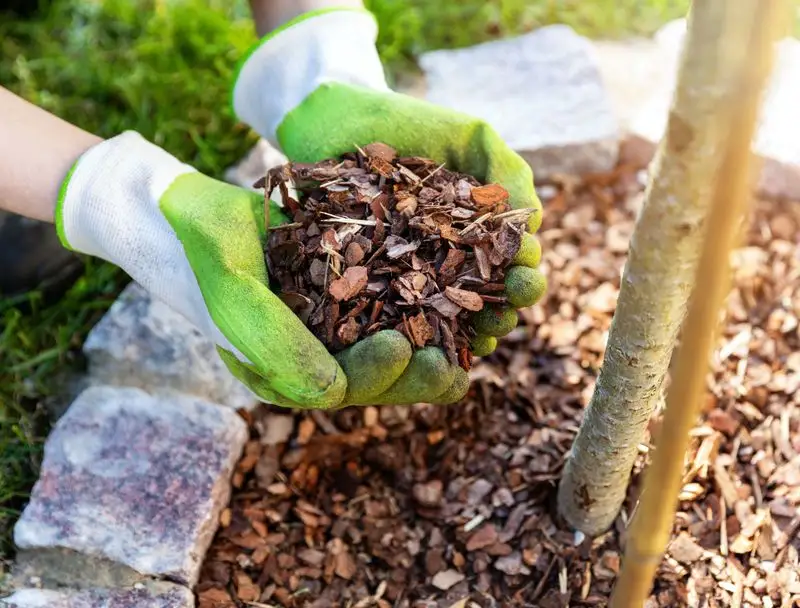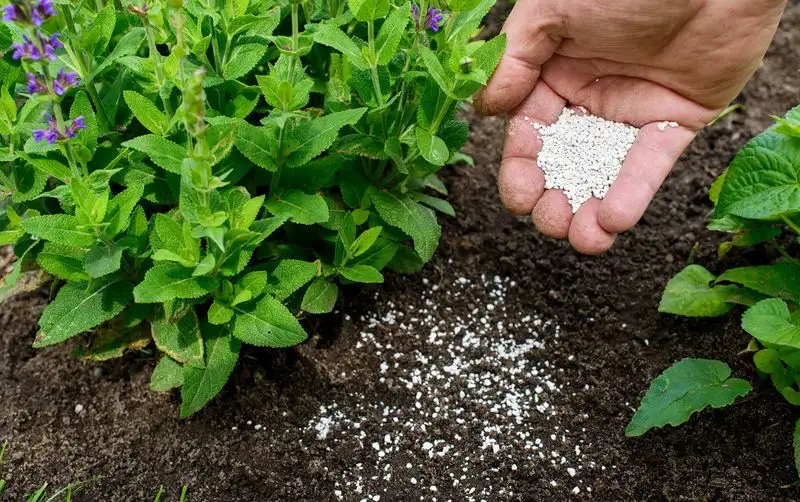Spring’s downpour turns your garden into a vibrant wonderland! Every leaf and petal shimmers under raindrops like nature’s own confetti. Your garden bursts into a spectacle that beckons you to savor its newfound glow. This is your cue to embrace the magic left behind by the rain. Wander slowly amid the glistening beds, feel the cool, damp soil under your fingertips, and take in the intense colors. Grab your trusty rake and gently smooth away stray debris, letting the soil cradle each drop. Capture these enchanting moments—snap a picture or simply breathe deep and relish the fragrant air. The garden is sharing its secrets after the storm, inviting you to set the stage for a season full of blossoming beauty and fresh beginnings.
Check for Pooling Water

Rain can sometimes leave behind small lakes in your garden. Begin by surveying your pathways and plant beds for any pooling water. These mini ponds may harm plant roots if not addressed. Gently guide the water away using a hoe or garden fork, creating channels for it to drain. This action prevents root rot and keeps your plants healthy. If puddles are a recurring issue, consider reshaping the land or adding drainage solutions like French drains. This way, rainwater benefits your garden rather than creating problems.
Support Top-Heavy Plants

Heavy rains can push tall plants to the brink, leaving them bent or toppled. Start by identifying plants that look a bit wobbly. Use plant ties or twine to gently secure them to stakes, providing the support they need. This simple action can save their stems from snapping, ensuring blooms continue to flourish. For particularly heavy blooms, consider using cages. This proactive step shields your plants from future downpours, keeping the garden bursting with color and life. It’s a small effort that reaps visual rewards.
Prune Damaged Leaves

After a rain, some leaves may show signs of wear, with tears or spots. Inspect your plants for any damage, as these leaves can become entry points for diseases. Using clean, sharp pruning shears, trim away the affected foliage. This practice promotes healthy growth and prevents potential issues from escalating. Regular pruning after rain keeps your plants looking their best and ready for the next sunshine. It’s like giving your garden a gentle reset, paving the way for fresh, vibrant growth.
Replenish Mulch

Mulch acts as a protective blanket, but heavy rain can disturb it. Check your beds for areas where mulch has been displaced. Gently rake it back into place, or add fresh mulch if needed. This layer helps retain moisture, suppress weeds, and maintain soil temperature. By caring for your mulch, you’re ensuring that rain benefits your garden, rather than washing away its defenses. It’s a task that pays dividends in plant health and garden aesthetics, maintaining that well-kept appearance.
Fertilize for Growth

Rain provides a natural watering, making it the perfect time to fertilize. The moisture helps nutrients penetrate the soil, reaching plant roots more effectively. Choose a balanced, organic fertilizer and apply it according to the package instructions. This boosts your plants’ growth potential, providing them with the energy to thrive. Fertilizing after rainfall ensures that your garden makes the most of nature’s bounty, transforming it into a flourishing haven. It’s a nurturing step that keeps the cycle of growth in motion.

